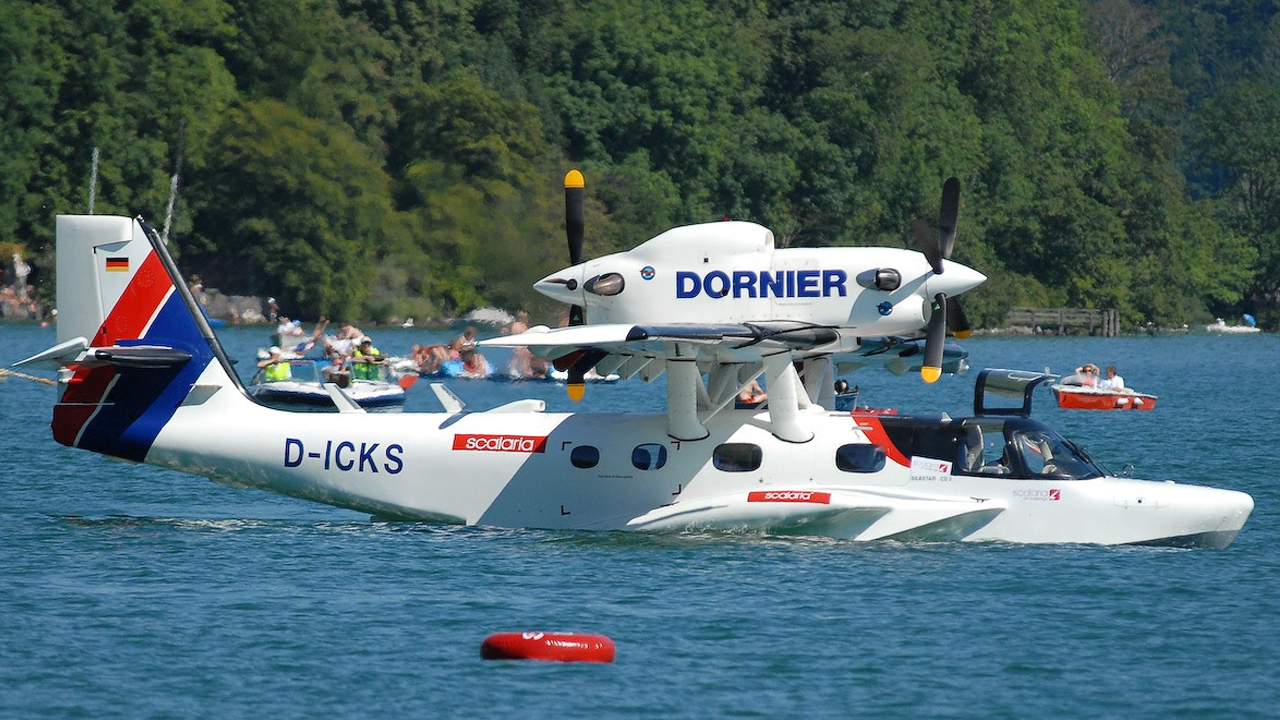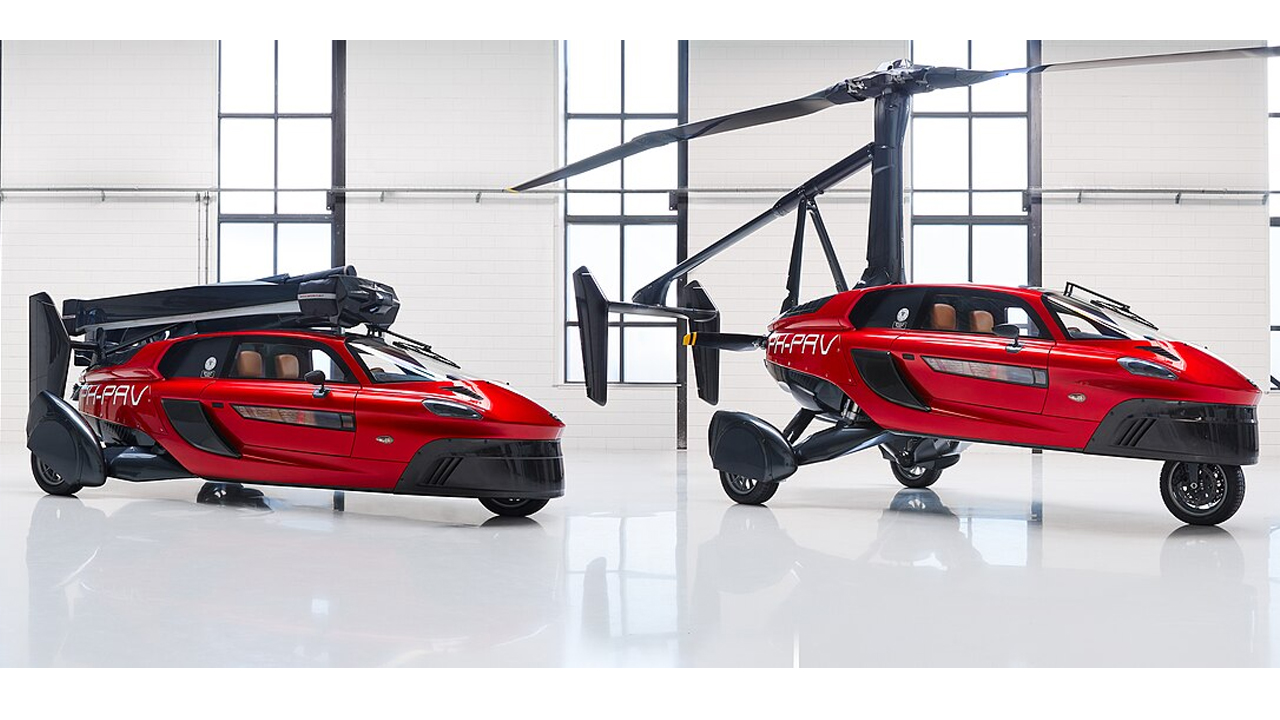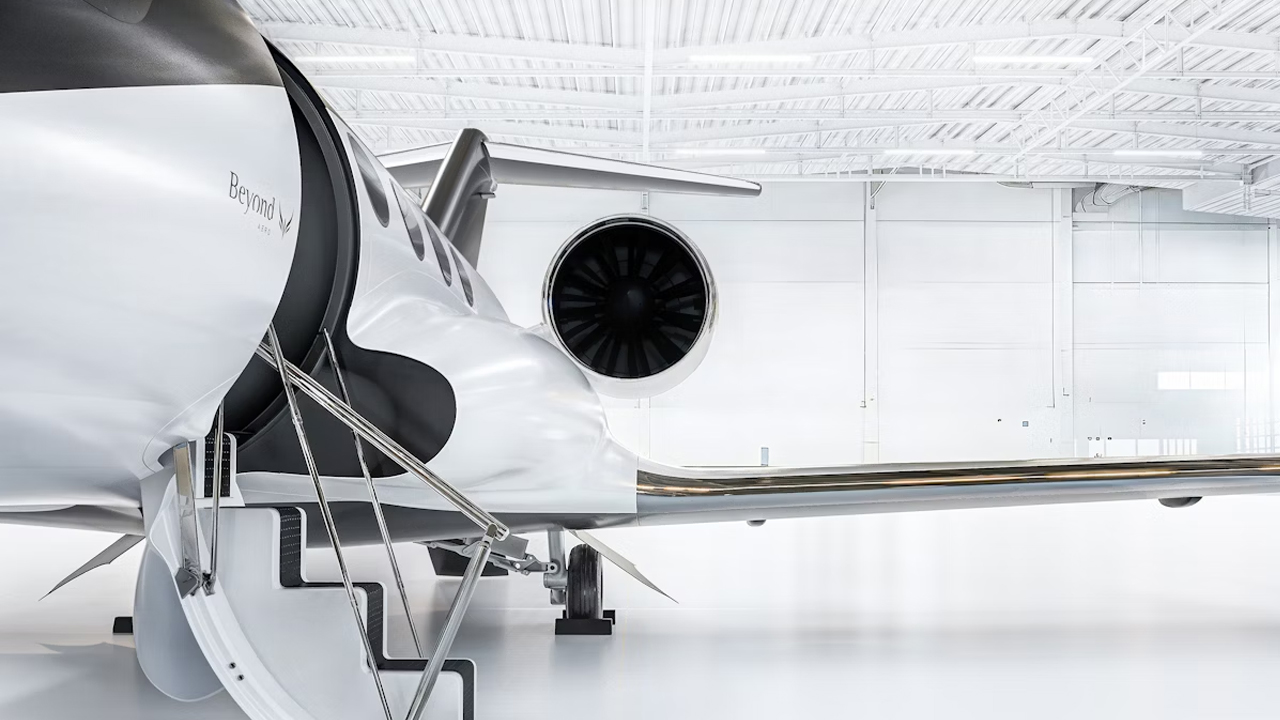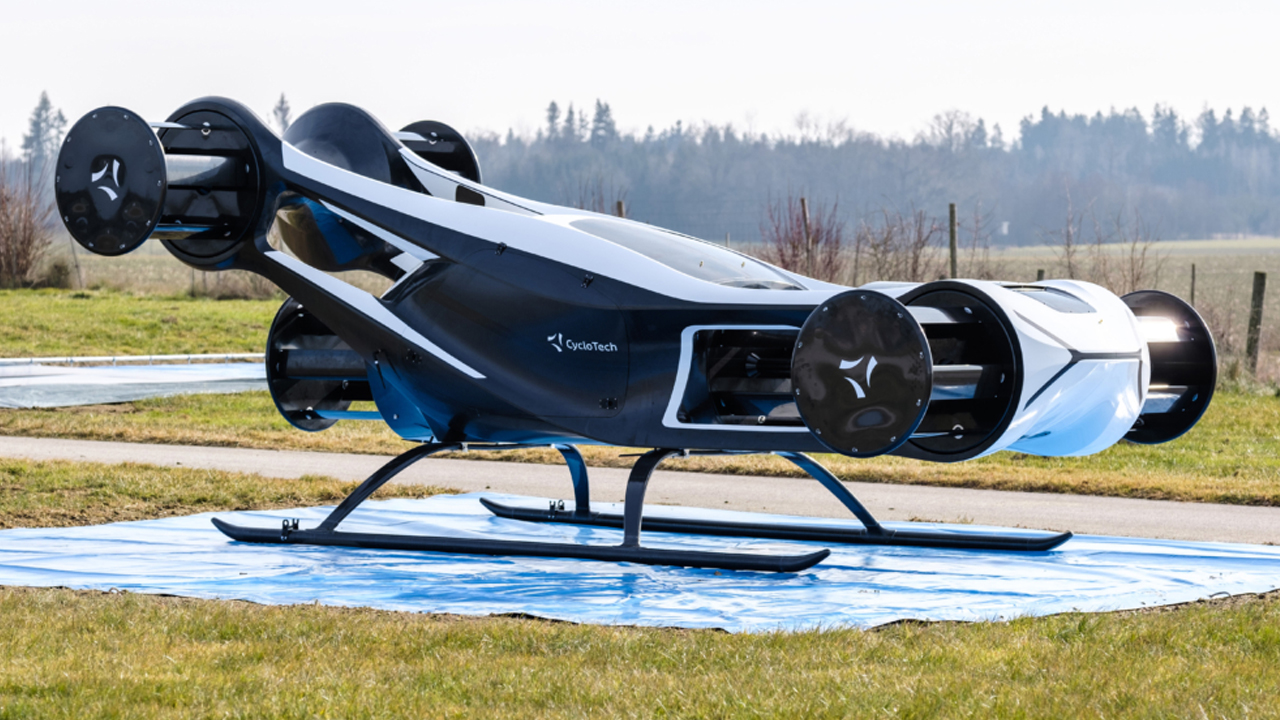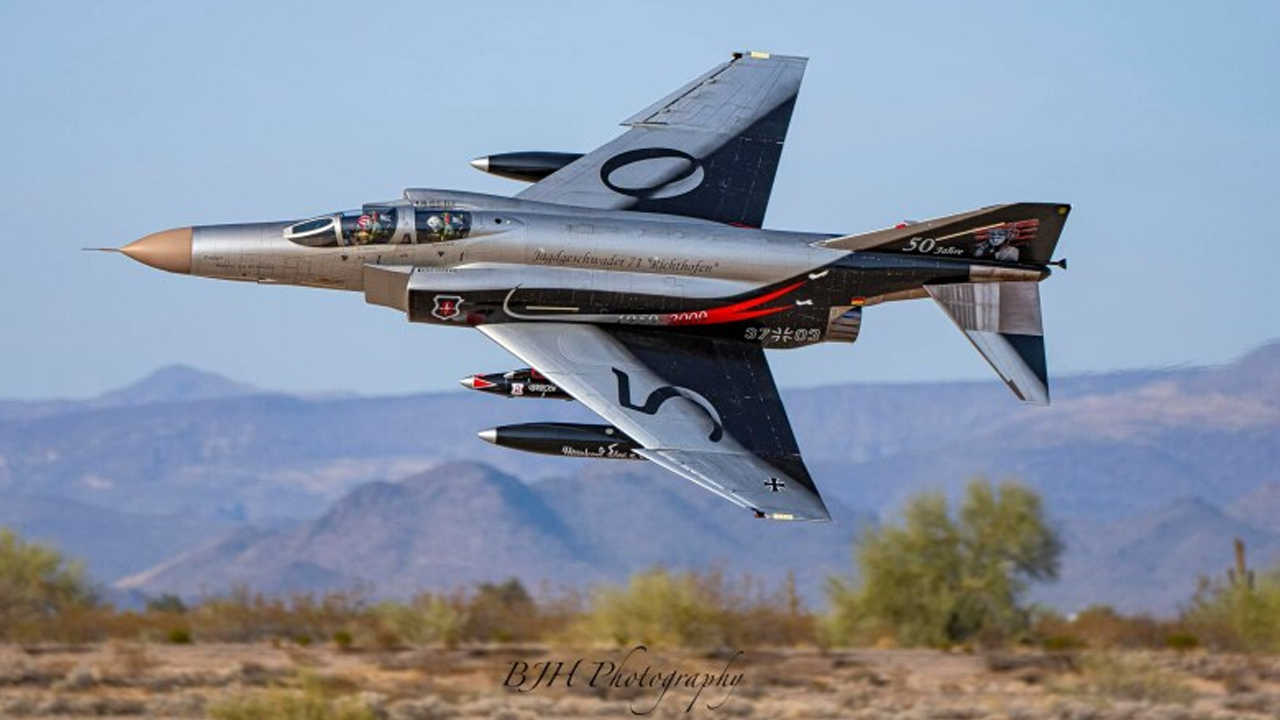Some planes don’t care whether you’re in the middle of a runway or floating on a lake—they’re built to handle both. Amphibious aircraft have always carried a certain cool factor, but the models on this list take it to another level. Whether designed for firefighting, rescue missions, or just a weekend getaway, these machines are engineered to move seamlessly between sky and sea. From cutting-edge ultralights to time-tested classics, here’s a look at nine of the coolest amphibious planes flying today.
ICON A5

The ICON A5 is a two-seat amphibious plane made for both new and experienced pilots. It’s light, compact, and folds up easily for towing or storing in a garage. With an intuitive cockpit and safety features like a whole-airframe parachute, the A5 makes water takeoffs feel far less intimidating.
It cruises at around 109 knots and can cover over 400 nautical miles. What makes the A5 stand out isn’t just its performance—it’s the freedom it offers to touch down on water or land without needing a full runway. More on the ICON A5.
AVIC AG600
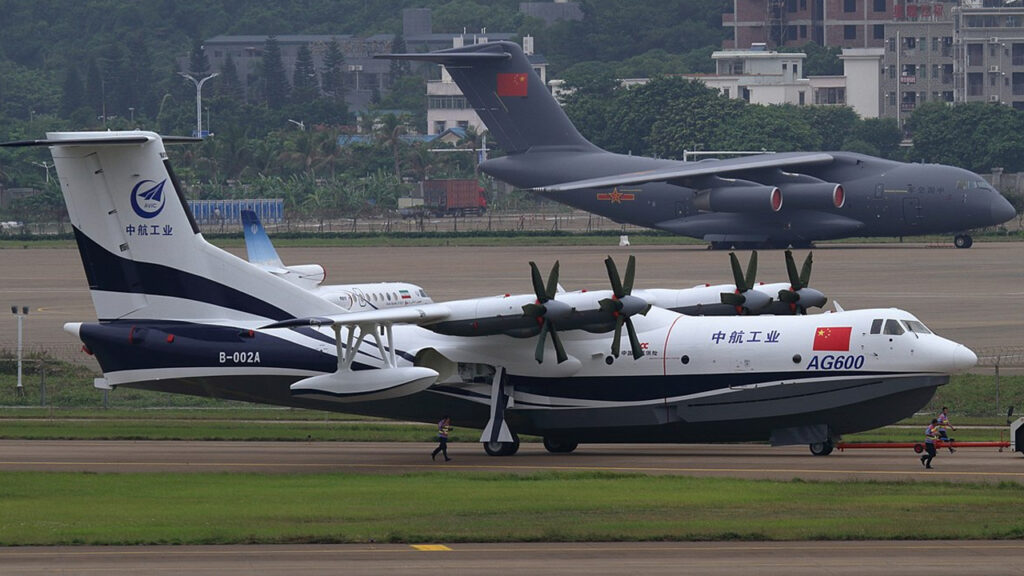
The AVIC AG600, also known as “Kunlong,” is one of the largest amphibious planes in the world. Built in China, it’s geared for rescue operations and fighting wildfires, able to scoop 12 tons of water in about 20 seconds. The size is impressive, but it’s the aircraft’s ability to handle choppy seas that really makes it stand out.
It’s powered by four turboprop engines and can land on waves up to 2 meters high. The AG600 is being looked at as a valuable tool for emergency missions across Asia. Details here via AeroTime.
Beriev Be-200

Russia’s Beriev Be-200 is a multi-role amphibious jet that’s been used for everything from firefighting to border patrol. Its engines are mounted high above the wings, so water won’t splash into them on landing. With a 12,000-liter capacity, it’s ideal for knocking out wildfires fast.
Countries like Italy and Azerbaijan have brought the Be-200 into their fleets because of how well it handles water and land operations. More about the Be-200.
Dornier Seastar
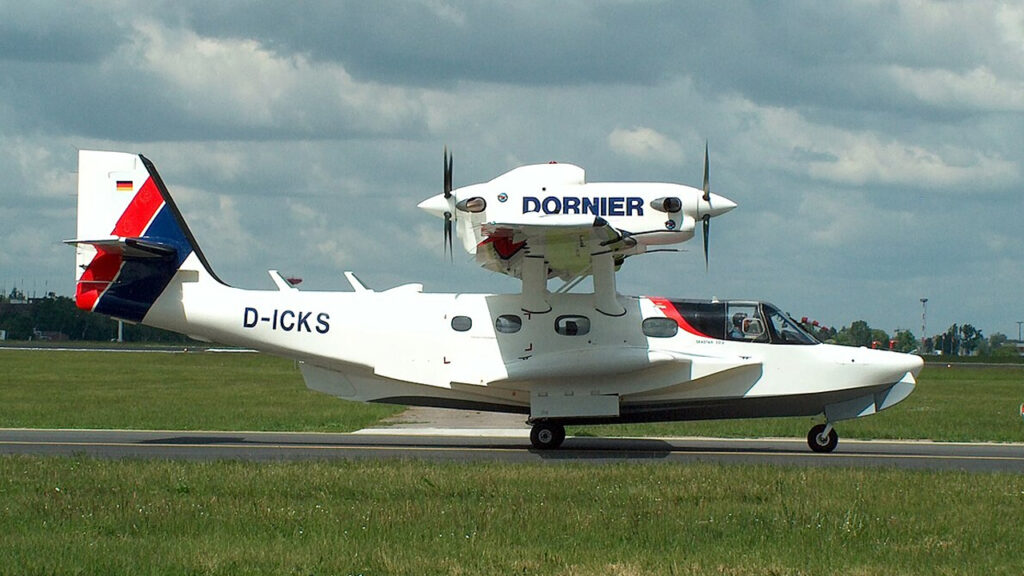
The Dornier Seastar combines old-school seaplane looks with modern engineering. Its twin engines are mounted in a push-pull setup, giving it power and efficiency. The all-composite body resists corrosion, which is a big deal when flying over saltwater.
This plane can carry up to 12 passengers and doesn’t need much runway—or even a runway at all. It’s used for transport, tourism, and marine patrol work. Specs and info from Dornier Seawings.
Lisa Akoya
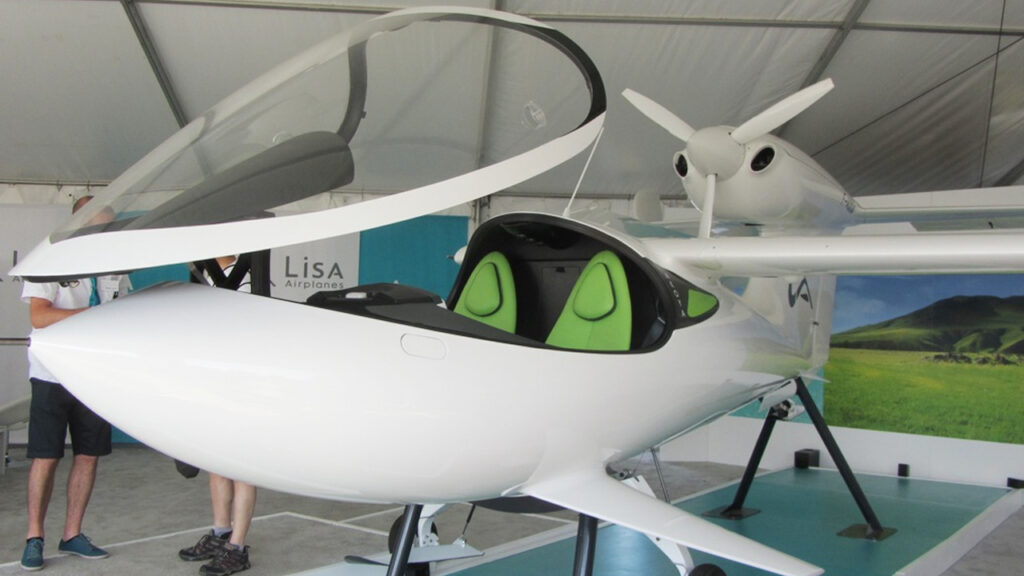
The Lisa Akoya is a French amphibious plane with a unique twist: instead of floats, it uses hydrofoils. That means less drag and a smoother ride when taking off from water. Its wings fold up neatly, and it can even land on snow with optional skis.
It’s powered by a Rotax 912 engine, which is popular for its reliability. The Akoya’s design is streamlined, stylish, and surprisingly quiet. Learn more about the Akoya.
Rutan SkiGull
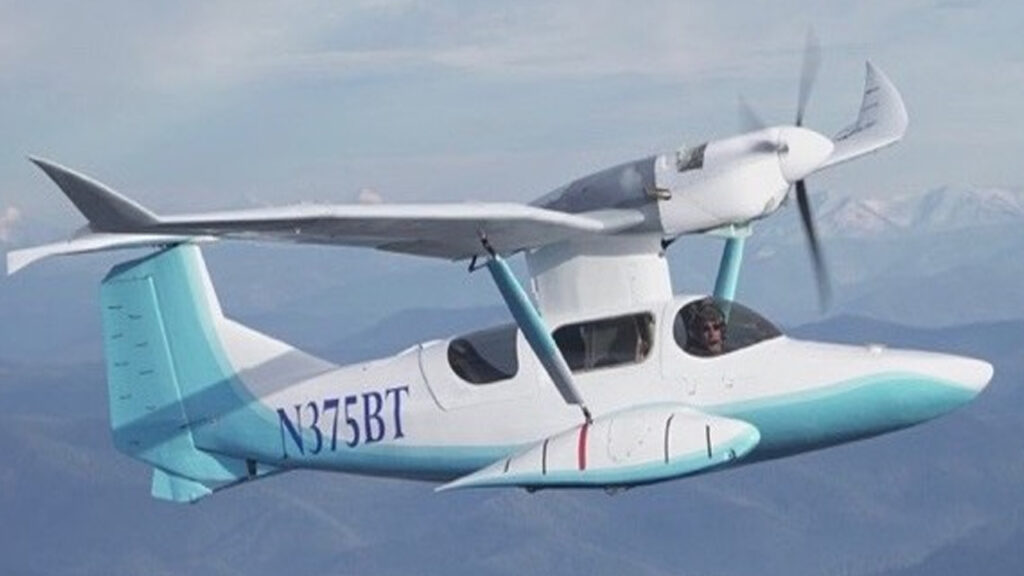
The Rutan SkiGull is a project by aviation legend Burt Rutan. It’s designed to land on just about anything: land, snow, or water. It uses a set of retractable skis instead of traditional landing gear, which makes it extremely adaptable.
Built from composites and titanium, the SkiGull is lightweight and strong. It even has electric motors to maneuver on water and docks. Details via Flying Magazine.
Flywhale FW650
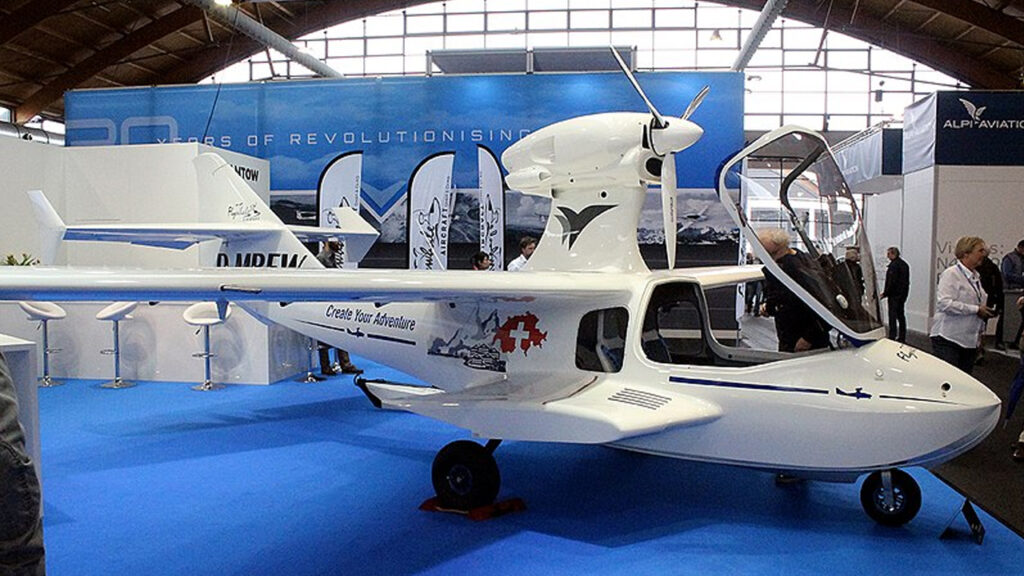
The Flywhale FW650 is a German-made, two-seat amphibious plane with a wide, roomy cockpit and excellent water handling. Its carbon fiber construction makes it light and durable, and the high wings give great visibility while flying.
It’s designed for fun and adventure, and even has an option for a whole-aircraft parachute. For recreational pilots who want water and land access, it checks a lot of boxes. More on the FW650.
Grumman G-21 Goose
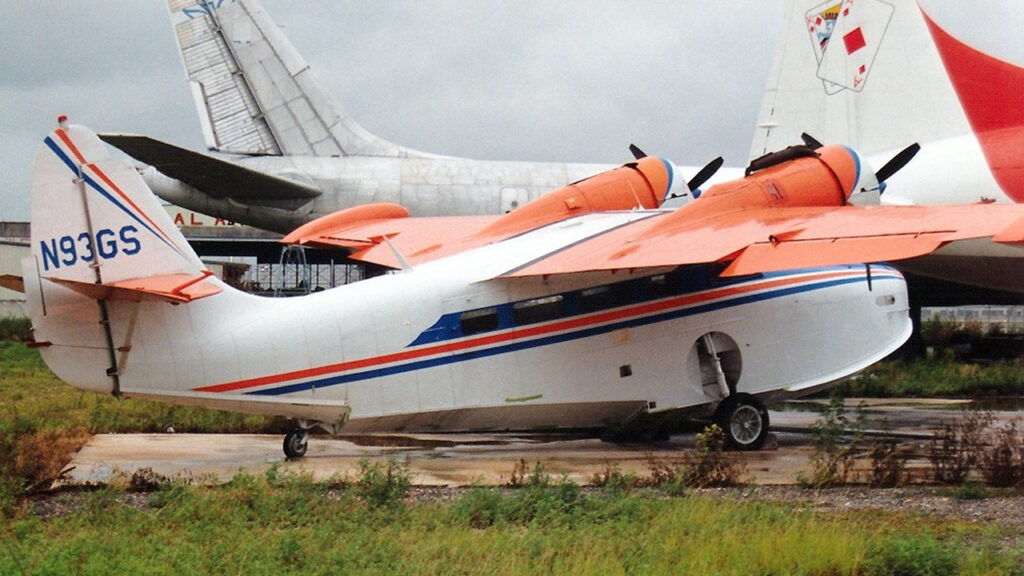
The Grumman Goose has been around since the 1930s and still shows up in remote areas today. It started as a luxury plane for executives but was quickly adapted for military and cargo use. Its twin radial engines and solid hull let it land almost anywhere.
It became popular in places like Alaska, where water landings are common and runways are few. History of the Goose here.
ShinMaywa US-2
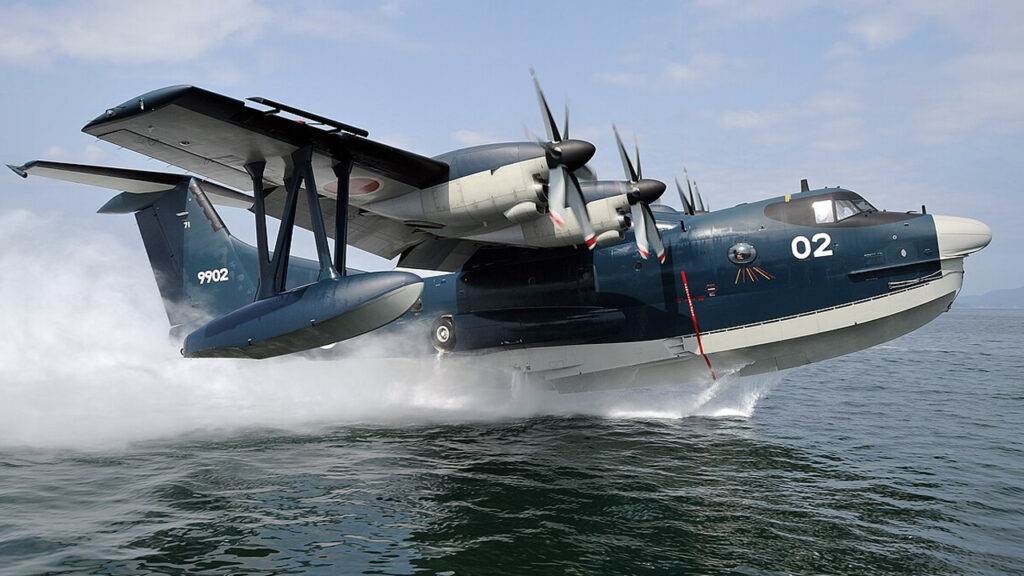
The ShinMaywa US-2 is Japan’s go-to for ocean search and rescue. It’s capable of landing in open seas where most planes wouldn’t dare, and it can carry up to 20 people. It’s one of the few amphibious aircraft with pressurized cabins and STOL (short takeoff and landing) performance.
With a top speed over 300 mph, the US-2 blends speed with serious utility. NavalNews breaks it down here.
Why Amphibious Planes Are Worth Watching

What makes these aircraft stand out isn’t just their ability to land on water—it’s how they open up entirely new possibilities for where you can go and how you can get there. Whether you’re flying out to remote islands or just chasing freedom across open skies, amphibious planes offer a kind of flexibility that’s hard to match. These nine models show just how far design, engineering, and real-world performance have come. And chances are, they’re just the beginning of what’s possible in the air and on the water.


